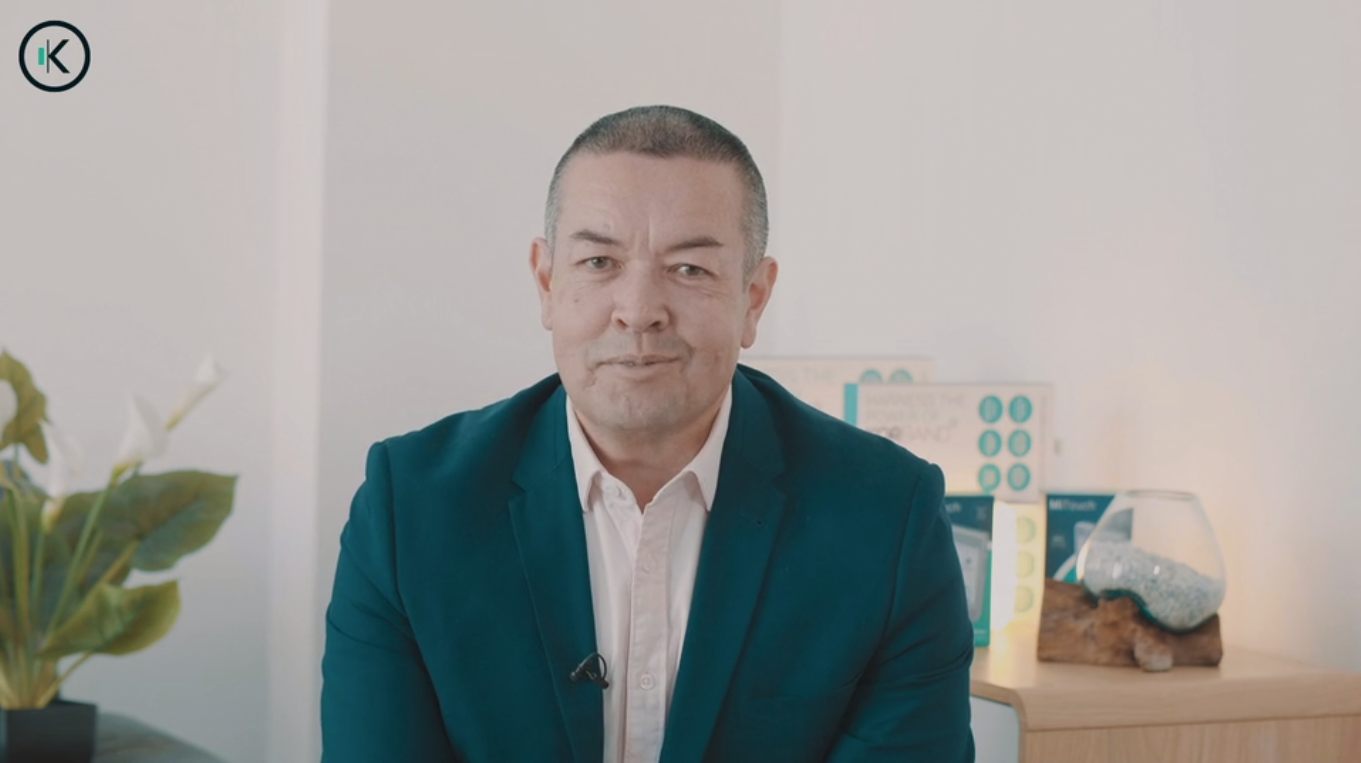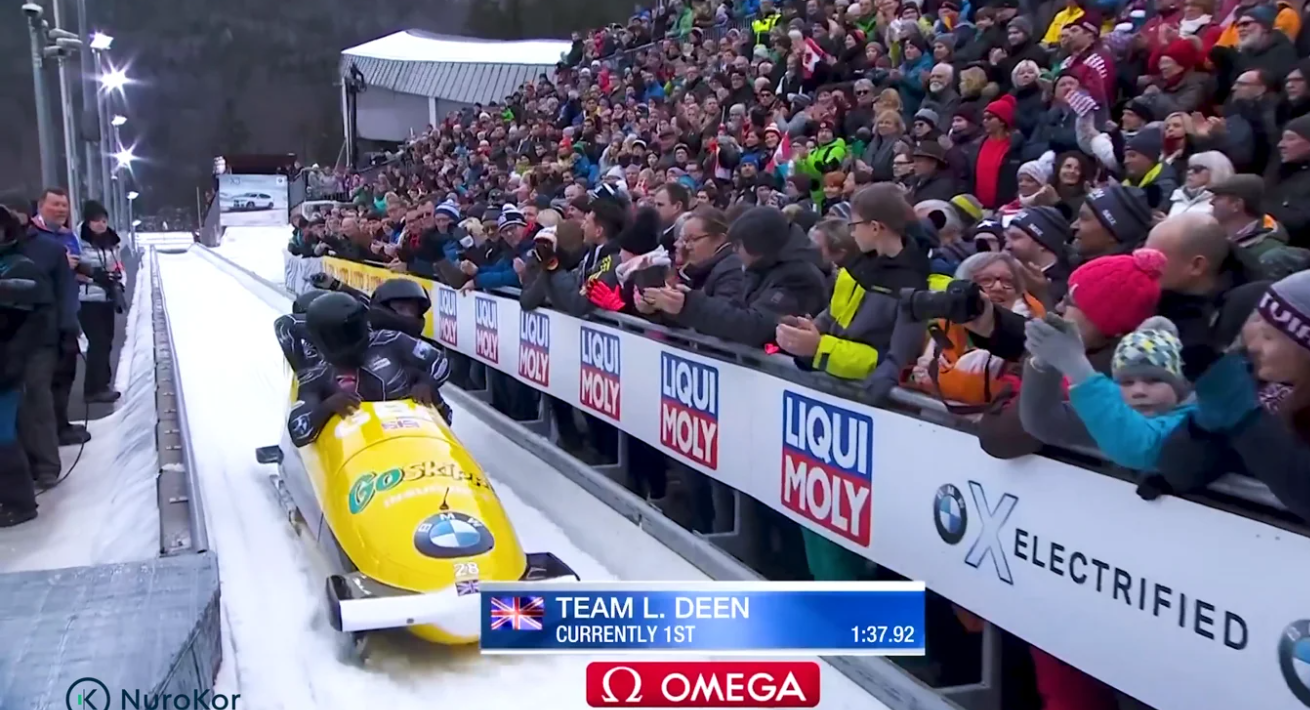At NuroKor BioElectronics we are working to demystify bioelectronic technology and help our customers, healthcare specialists and clinicians understand the power it has to revolutionise pain management and recovery.
Here’s a video about a question we get asked a lot. If you’ve heard of TENS devices this clip is for you!
Transcript:
Hi, my name is Rick Rowan, I'm a healthtech entrepreneur. When people hear about bioelectronic devices, often their first question is: “So is it a TENS device?” In this video, I want to clarify the answer to this question, hopefully once and for all.
TENS is a misused and misunderstood term that describes hardware or methods of delivering transcutaneous treatment. The term TENS is simply an acronym for transcutaneous electrical nerve stimulation. Grouping all bioelectric treatment devices together as TENS is very misleading and reductive. This would be like grouping all pills together, or a further analogy would be grouping all antibiotics or painkillers and saying they achieve all the same result, when in actual fact we are only talking about the delivery method of the treatment.
Applications and treatment protocols can include frequencies between 2Hz and 100Hz, as an example, pulses between 60 and 1000 microseconds and burst or modulated modalities, as in the shape of the waveforms themselves providing a range of clinical outcomes from paresthesia numbness to muscle contraction.
At high frequencies, A-Delta fibres are targeted, whereas at low frequencies, beta-endorphins are known to be released, with brief, intense stimulation aiming to provide noxious stimulation to active C-fibres, all of which can provide significant analgesic effects for different types of pain, including: myofascial, neuropathic, arthritic and even chronic regional pain syndrome. Antiemetic effects and improved blood flow have also been noted.
To complete a clinical study and conclude that treatment within itself does or does not produce analgesia, wound healing or another desired effect for a certain condition is meaningless without knowing the frequency and modality because each type of stimulation parameter could produce an entirely different result.



